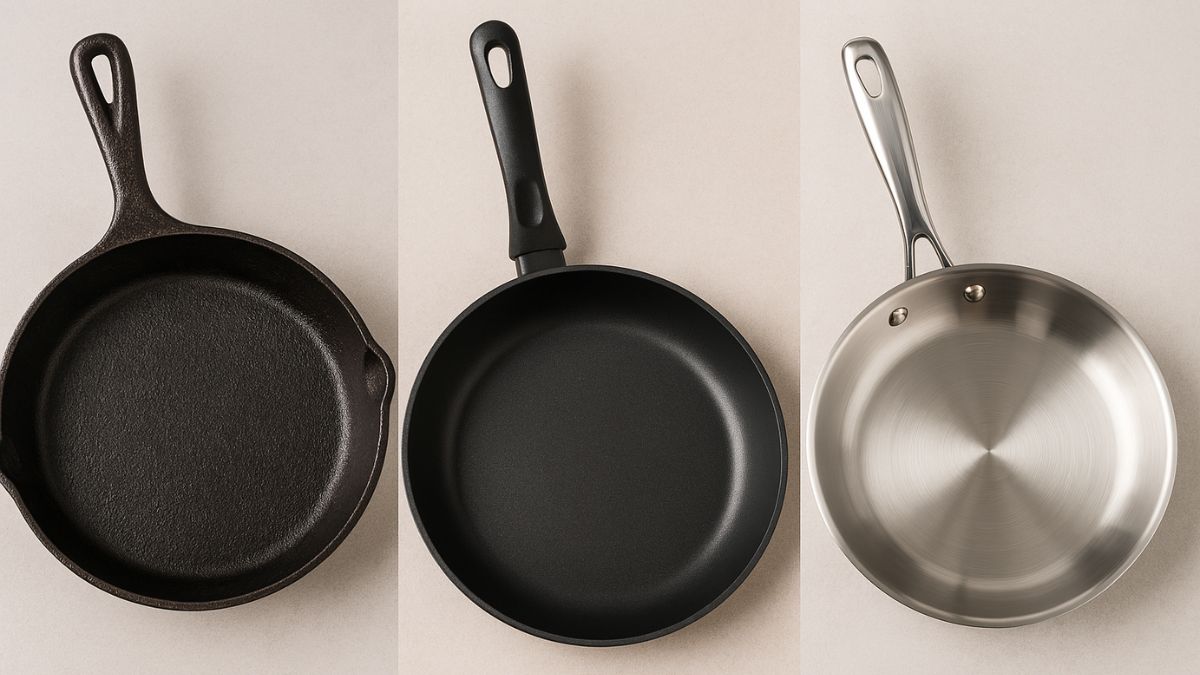Active compounds found in turmeric may help prevent bone cancer cells to spread and promote the growth of healthy bone cells. Researchers have developed a new drug delivery system with the help of curcumin, the main ingredient in the spice turmeric, to prevent bone cancer cells to spread further into the system.
The study reported in the Journal of Applied Materials and Interfaces, said that the findings could lead to better post-operative treatments for people with osteosarcoma, the second most prevalent cause of cancer death in children.
Young patients with bone cancer are often treated with high doses of chemotherapy before and after surgery, many of which have harmful side-effects. Researchers would like to develop gentler treatment options, especially after surgery when patients are trying to recover from bone damage at the same time that they are taking harsh drugs to suppress tumour growth.
Turmeric has been an intrinsic part of Indian kitchens for the longest time. Enriched with medicinal properties, turmeric has been used in several desi home remedies to manage a host of serious conditions too.
Its active ingredient, curcumin has been shown to have antioxidant, anti-inflammatory and bone-building capabilities. Studies have also shown that they could prevent various forms of cancers.
"I want people to know the beneficial effects of these natural compounds. Natural biomolecules derived from these plant-based products are inexpensive and a safer alternative to synthetic drugs," said Bose. However, when taken orally as medicine, the compound can't be absorbed well in the body. It is metabolised and eliminated too quickly.
For the study, the researchers used 3D printing to build support scaffolds out of calcium phosphate. While most implants are currently made of metal, such as ceramic scaffolds, which are more like real bone, could someday be used as a graft material after bone cancer surgery. The researchers incorporated curcumin, encapsulated in a vesicle of fat molecules into the scaffolds, allowing for the gradual release of the chemical.
Findings revealed that their system inhibited the growth of osteosarcoma cells by 96 per cent after 11 days as compared to untreated samples. It is also interesting to note, that the system also promoted healthy bone cell growth.
"This study introduces a new era of integration where modern 3D printing technology is coupled with the safe and effective use of alternative medicine, which may provide a better tool for bone tissue engineering," said Bose.
(This content including advice provides generic information only. It is in no way a substitute for qualified medical opinion. Always consult a specialist or your own doctor for more information. NDTV does not claim responsibility for this information.)














